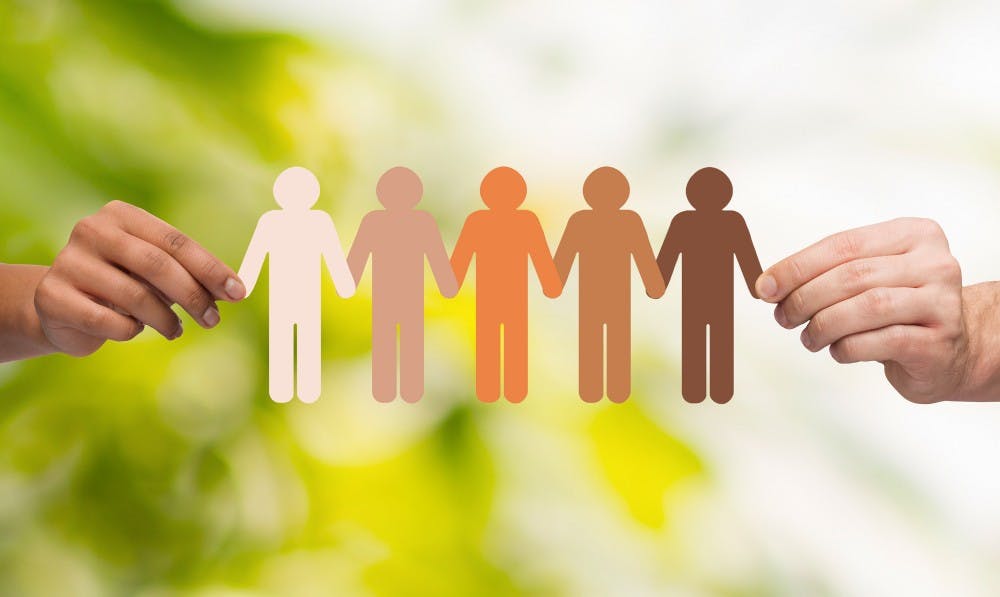How does one define “race?” The Merriam-Webster dictionary calls it “a category of humankind that shares certain distinctive physical traits.” The most common physical trait by which we categorize race is skin color.
Rachel Dolezal, whose face has featured two different skin tones on the news, disagrees. Although she was born and grew up with pale skin and blonde hair, she identifies as a black woman.
The former NAACP Spokane chapter president has faced criticisms from her family and members of the public since the question of her race came to light. Dolezal says that she has seen herself as black since childhood, drawing her self-portraits with brown skin and dark, curly hair when she was five years old.
This raises the important question of whether racial identity, like sexual orientation or gender identity, is an inherent aspect that does not necessarily match a person’s appearance.
One of Dolezal’s adopted brothers, whose father is partially black and mother is white, says that Dolezal “doesn’t know what it’s like to be black.” He says that she did not experience the challenges that come with being a black woman because she has only been seen as black in recent years. Dolezal says that she has faced harassment because of her race and her involvement in the NAACP.
Should her recent experiences as a black woman determine her race? Or does her upbringing as a white child prevent her from claiming to have always been black?
It seems like it should be simple to determine a person’s race. Race is visible, genetic and permanent.
Or is it? Population scientists analyzed 168 million forms from the 2000 United States census, and they found that more than 10 million respondents selected a different race in the 2010 census.
When it comes to self-identity, race is much more complicated than appearance. Identity also includes ethnicity, which refers more to cultural factors than physical characteristics.
While there are only a handful of skin color categories, there are innumerable ethnicities around the world. Africa has hundreds of cultures, each with its own language and traditions. Russia recognizes more than 185 distinct ethnicities just within its borders.
Like sexual orientation or gender identity, racial identity is a continuum. Facebook gives users the option to enter a “Custom” gender on their profiles. Eventually this same flexibility might be applied to situations in which people must identify their race. And in a few generations, if the world continues to become a global melting pot, skin color might be irrelevant when it comes to defining race.
Rachel Dolezal identifies as a black woman, and this article is not intended to decide whether she is or is not. I only argue that racial identity is not — forgive the pun — strictly black and white. It goes beyond skin color and encompasses a person’s experiences, culture and lifestyle.


